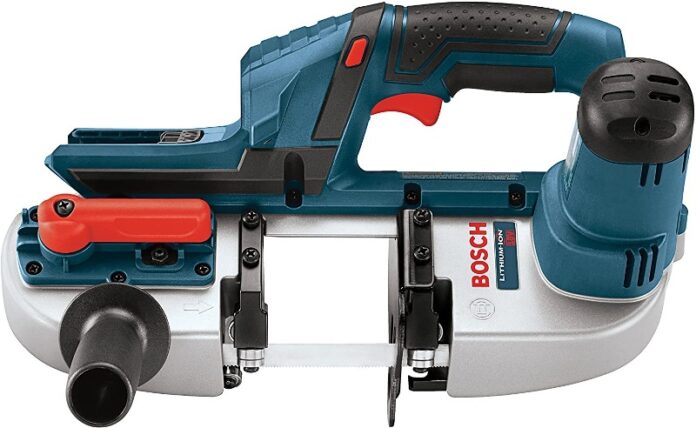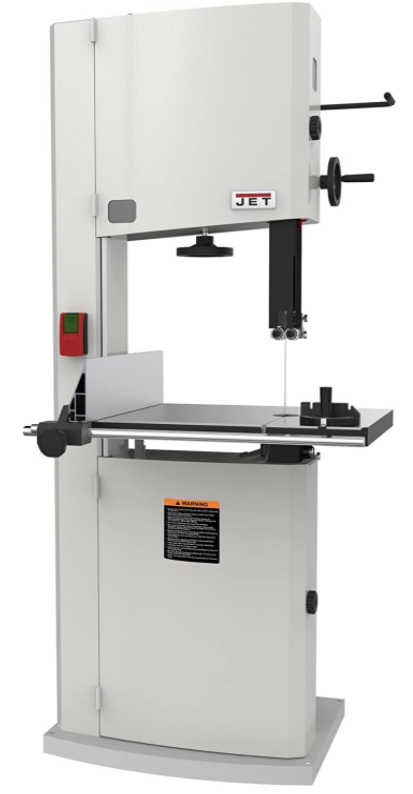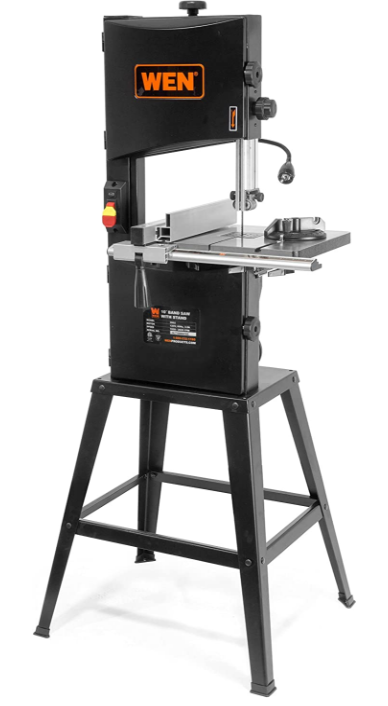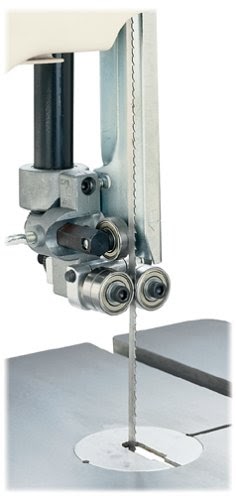There are many models of band saws on the market. They differ in size, type of fit, and other features. Choosing the right model for your type of use can be difficult. Some band saws will perform better for cutting metal, some better for cutting wood.
To put it simply, several criteria must be taken into account when buying, as the type of cut you want to make, the size of the material you want to cut, the desired cutting power as well as the frequency of use of the tool. We will help you choose the right product with this band saw buying guide.
Band Saw Types
There are mainly three different types of band saws. Each of them is intended for a specific use.
- The Frame Model: This model is intended for professional use because it has a more powerful motor as well as other additional features. The weight of such a machine can be up to 1300 lbs for the larger models. More robust, stronger, larger, the frame band saw is perfect for cuts of all shapes, it has great cutting power and allows you to work with metal, and other materials. The cutting band is generally wider and vibrates less than any other type of bandsaws. Obviously, they are bulkier and more expensive, but they will be ideal for professional use, especially for all woodworkers.
- The Small Fixed Model: This band saw is smaller and can be positioned on a work surface. It is more intended for home do-it-yourselfers than professionals because of their lower performance. They allow you to work with wood and metal. The good thing about this type is that you can easily carry it around and take up less space. This is an exciting option if you have a small budget or are short on space. The pulleys of this type of model are smaller, generally count 10-inches against 14-inches for the raised band saw. This model is intended for cutting small parts. The small negative point is the power of the tool, but it’s still more powerful than the next type.
- Portable: The portable band saw can be powered with air, a battery, or using a hydraulic system. It is much smaller and lighter (between 10 and 35 lbs) than the other models, but it can also cut several types of materials such as PVC, plywood, metal, or even piping. This type of model is very popular with building workers, especially plumbers, electricians, and even carpenters, but they are not so good when it comes to resawing.
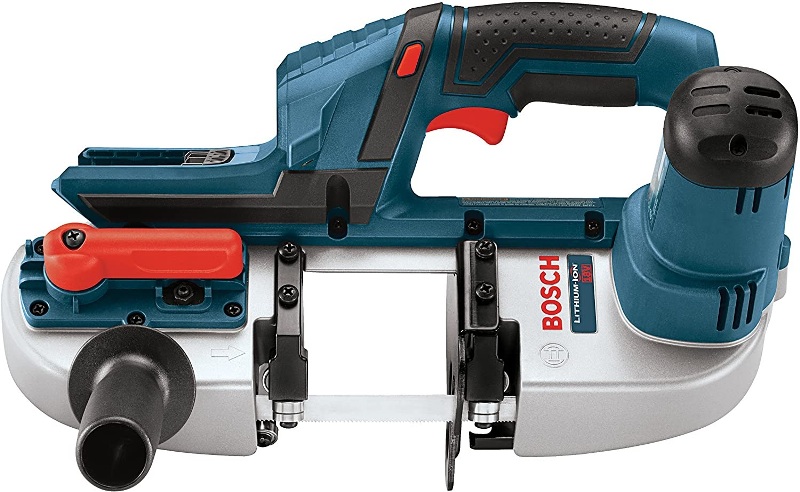
Depending on the material and the type of cut you want to make, there are several models of band saws.
For wood: They are specially designed for cutting wood. They do not have adjustable speeds and are used for curved cuts and to create table edges.
For metal: They are generally larger than those intended for wood. They have adjustable speeds and have a larger motor. The cutting speed should be slower for stronger materials. Most of these models have brush wheels to eliminate the cutters and prevent them from getting between the teeth of the blade. There are vertical and horizontal models.
The horizontal saw: They are less popular than the vertical band saws but they are useful for cutting tubes, pipes, and extrusion. They have a variable speed drive and are very useful for cutting steel of various shapes.
The Size of the Saw
You will find a wide variety of band saw sizes available on the market. The size of the pulleys generally influences it. The width of the part that can be cut by the saw is limited to the distance between the frame and the blade. This distance is generally a few inches less than the size of the pulleys. A 9-inch groove will allow the cutting of a part not exceeding 7-inches.
Motor Power
Choosing the right motor horsepower for the job you want to is essential. Most band saws have a motor of around 1000 Watts. However, a 600 Watt model will do just fine for small cuts of wood. A variable speed drive can be a big plus if you want to cut different materials, it will also allow you to make more precise cuts when necessary. Most often, the blade speed is between 1000-2300 feet per minute.
The Blade
Depending on the type of cut you want to make, you will need a more or less wide blade. Their sizes vary from 0.2 to 1.8 inches.
The most crucial aspect to take into account is the number of teeth per inches because this will influence the cutting speed. To put it simply, the higher the number of teeth, the more efficient and clean the cut will be. A high tooth count is ideal when you want to work with thin parts. If you only want to make rough cuts, a blade with few teeth is sufficient.
The band saw blades are classified according to their number of teeth, their compositions, and their widths. You should note that you will also need to adjust the blade tension in most cases. The different types of blades are:
- Bi-metal: It has an average lifespan 20% longer than other blades; it is more solid and more resistant to wear. It is ideal for working on thin pieces of wood, and they are highly recommended for cutting metal.
- Carbon: It offers better resistance to heating, ideal for long intensive cuts. They are recommended only for cutting wood.
- Steel: Considered the low end of the band saw blade, it is much cheaper than other models but also wears out much faster.
As for the width of the blade, have it according to the cut you have to make. A wider blade will lack precision for curved cuts, but it will be ideal for straight cuts. Thinner blades can be weakened when cutting sturdy materials, and they can even break in the most extreme cases.
The blade guide
A blade can deform over time, which is why there is a blade guide located on the sides of the blade to reduce the damage it takes.
If the blade makes too much movement at the front or at the back due to intensive cutting, the guide will allow the pulleys to be braked to reduce the deformations undergone by the blade. The tool can be composed of bearings, especially on the most high-end saws. The guide is made of metal, but it can also be made of graphite, ceramic, or even phenolic laminate.

